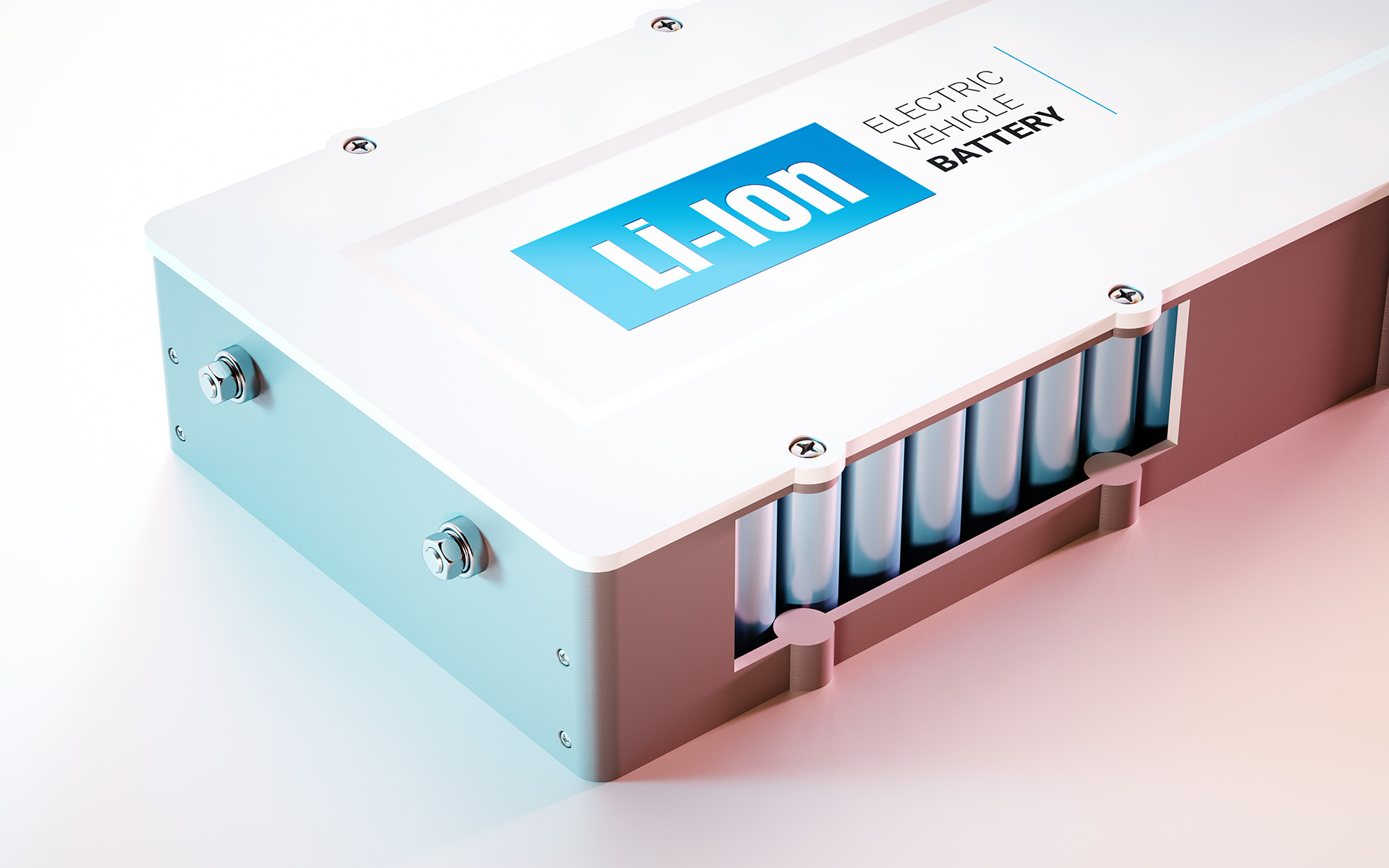Renewable Energy Sources (RES)
The Paris Agreement on Climate Change fundamentally changed the way that the world’s population relies on fossil fuels. Governments around the globe have taken concerted efforts to reduce greenhouse gas emissions, putting into effect regulations aimed at meeting the ambitious goals of the climate treaty. One clear step in that direction has been the introduction of sustainable power from Renewable Energy Resources, or RES. Most of us are already used to seeing photovoltaic panel farms and giant wind turbines strewn across fields in the countryside. In some parts of the world, they are as ubiquitous as the fields themselves.
Although RES are considered an absolute must in today’s changing energy climate, there are some drawbacks to RES that are quite obvious, and others which are not so obvious. Firstly, the sun doesn’t always shine and the wind doesn’t always blow. Furthermore, since RES can only produce energy at peak times, they leave a gap in production that base load power traditionally fills in. There are developments that may help bridge this gap, and they are in the form of Power Storage Systems, or PSS.
Power Storage Systems (PSS)
What the battery module is to a car, PSS is to the grid. Simply put, PSS are big batteries that are used to store RSS-generated energy for use when the sun isn’t shining and the wind isn’t blowing. PSS systems have been in development for years, however only recently have they received a lot of attention. This is closely related to the parallel developments in cutting greenhouse gas emissions. But also in response to the inherent problem of RES not being able to produce electricity all of the time.
EEIG has partnered with one of the world’s leading companies that is developing PSS for grid and commercial applications. We aim to promote the widespread distribution of these systems as another component in the global toolbox against the effects of climate change.

Batteries
Just as batteries are the essential power-generating components in EVs, so are they essential to PSS. Their makeup, however are a bit different. Firstly, they aren’t required to provide nearly as much energy density as an EV battery has to. Where as a 100kWh (kilowatt hour) battery is used to power your typical high-end EV for 500km between charges, only about 10kWh is needed to power a typical household from sunset to sunrise.
Research & Development
Although the components of lithium-ion batteries can be summarised into three basic parts and the only a handful of raw material components are needed to build batteries, the science behind the batteries is extremely complex. Researchers have been working for decades, continually improving the chemical composition of rechargeable batteries, their goal being to continually increase the batteries’ energy density.
The difference between batteries used in EVs and PSS is that batteries used for PSS don’t necessarily require such high energy densities and fast charging times, but they do require a long life as they will be charged daily and expect to have discharge times in excess of 8 hours.
EEIG is working with leading R&D to continue to improve the energy densities and lifespans of lithium-ion batteries.
Contact Us
If you have any questions regarding Renewable Energy Sources, please contact us using the form below.